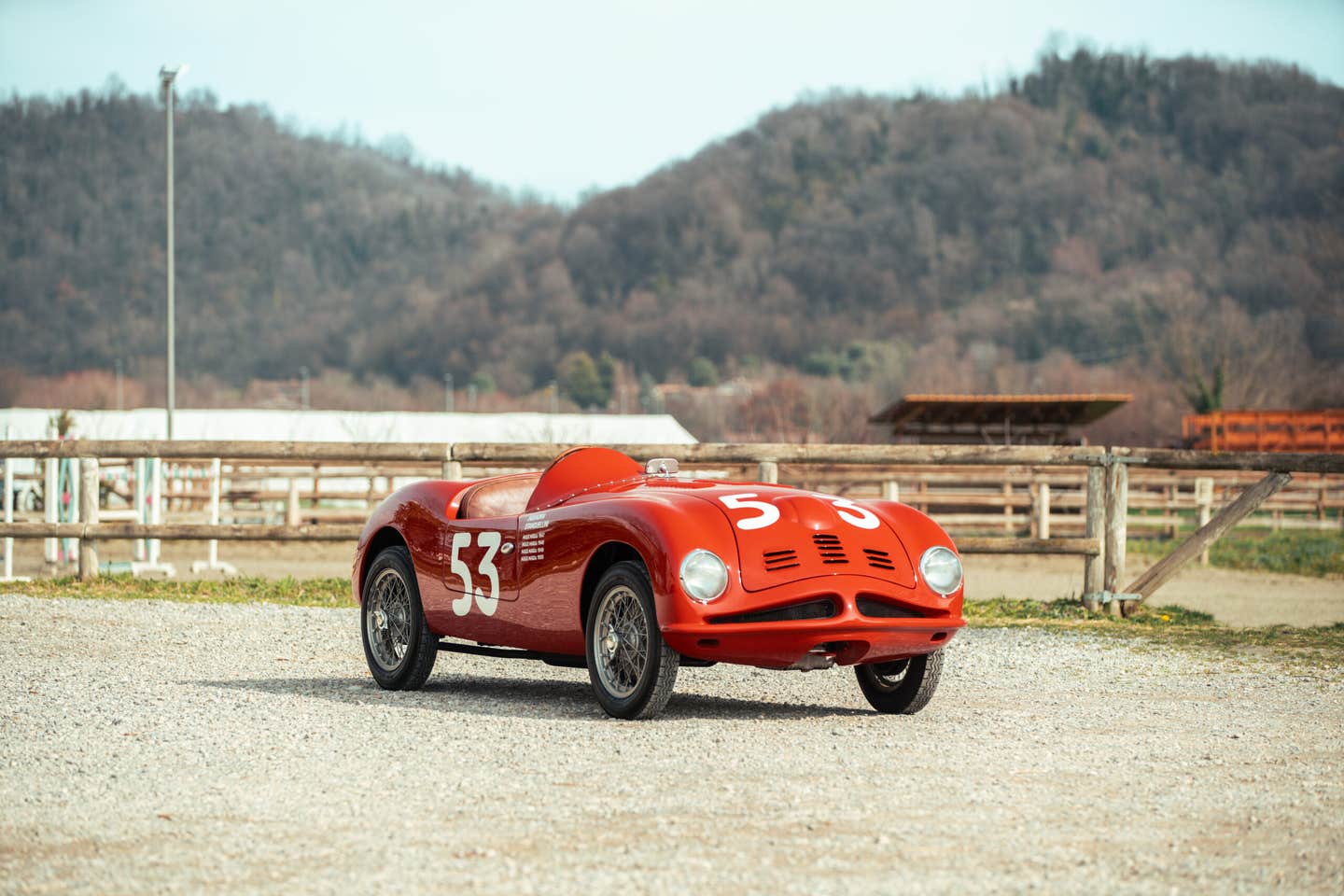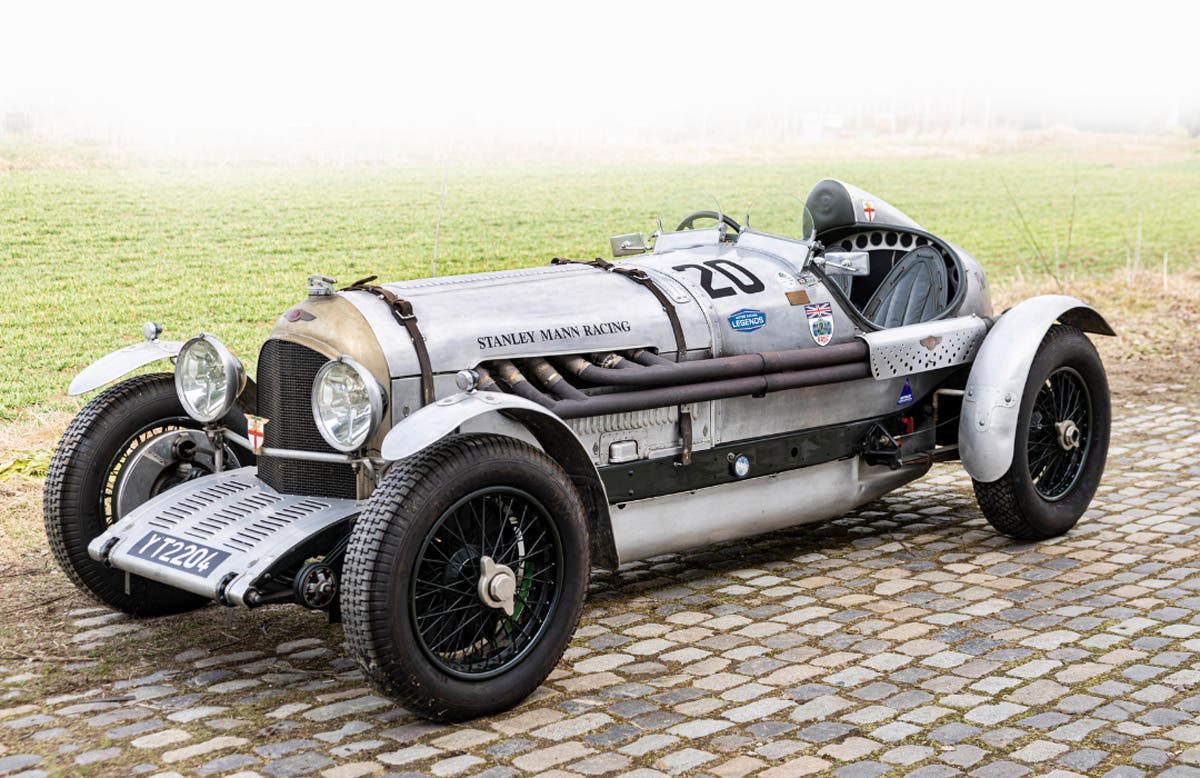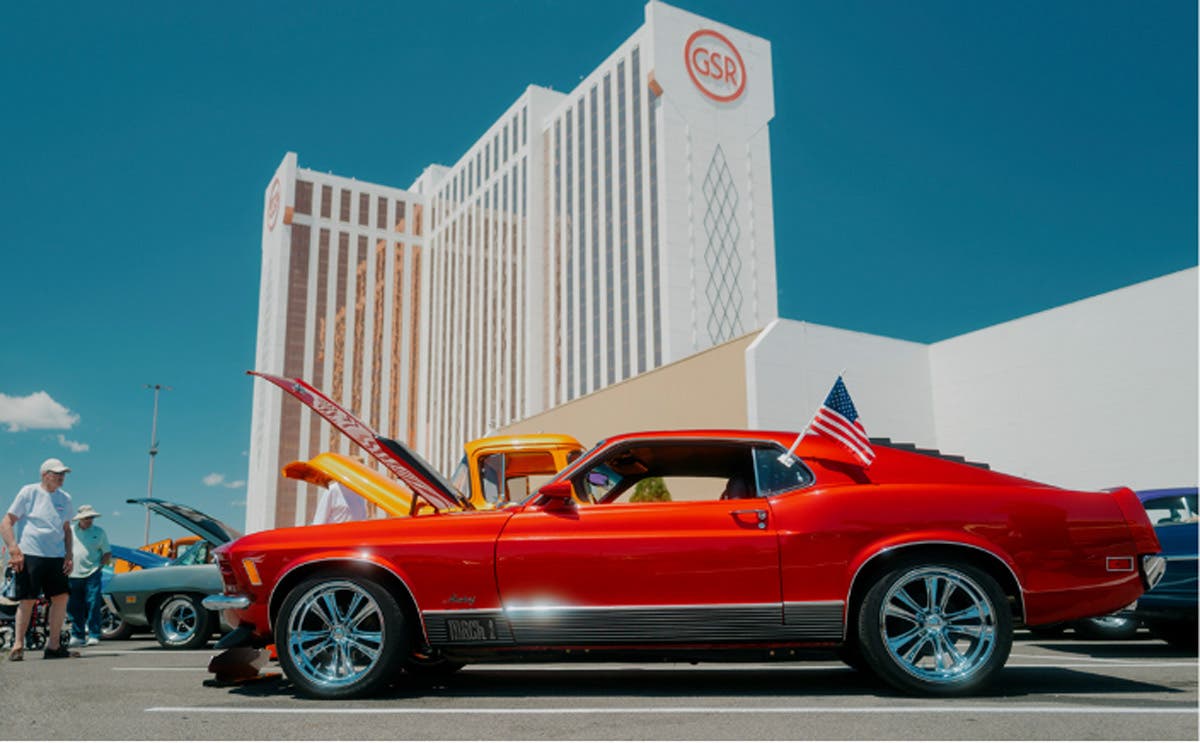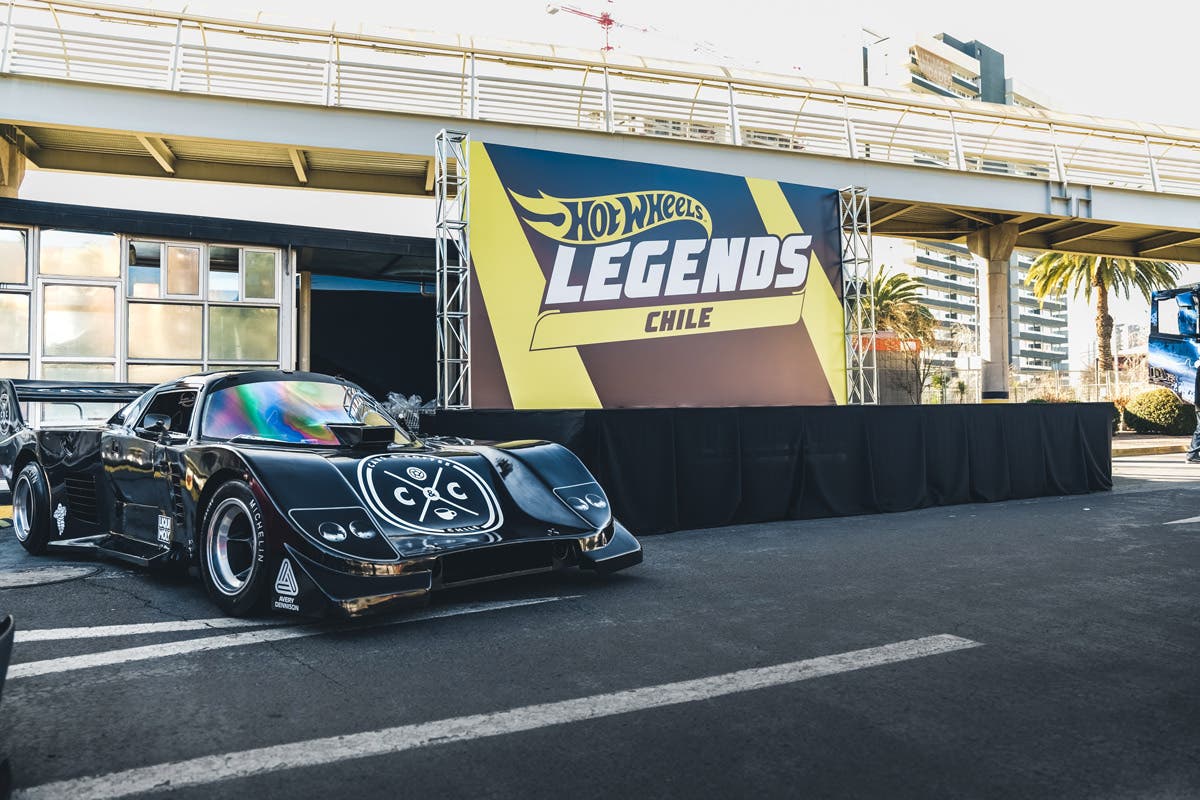2016 in Review – Restoration
Winds of change are always blowing through the doors of professional shops A solid indicator of the collector car hobby’s overall health is the health of the restoration business. The number of…
Winds of change are always blowing through the doors of professional shops
A solid indicator of the collector car hobby’s overall health is the health of the restoration business. The number of projects and the types of projects being handled by restoration shops also offer insight into the overall hobby picture.
To learn how the restoration industry is reflecting the hobby trends, Old Cars Weekly spoke with a few owners of restoration businesses. All agreed that business has kept them busy, but in different ways.
D&D Classic Automobile Restoration of Covington, Ohio, is known for its complete, concours-winning restorations of exotic and Classic cars, but Vice President Roger James said he’s seeing an increase in new customers seeking less-intensive service work.
“The thing I am seeing is that the world doesn’t know how to do mechanical work, like adjusting points,” James said. “We are finding it to be a bit of concern for our customers; it’s tough for our customers on the road.”
Today, antiquated automotive systems, such as points ignition systems and carburetors, are rarely part of an automotive technician’s education. That means finding a local mechanic to fix these systems is growing difficult.
Larry McGray of Larry McGray’s Antique Automotive in Lena, Wis., said more and more of his shop’s work is also going toward repairs. In his case, the repairs often seem to be correcting previously botched restoration jobs from other shops.
“Guys are buying stuff...going through the sales that are put together just to go through the auction,” McGray said. “For some of the guys who have spent $30,000 [on a restored car], now they are spending it again.”
McGray, as well as Bob Lorkowski, president of L’Cars Automotive Specialties in Cameron, Wis., said their demographic has changed little, and their customers remain those in their 50s to 70s. In this age range, most customers’ kids are out of the house and they have more discretionary income. However, at D&D Classic Automobile Restoration, James has seen his demographic expand to include more people in their mid 30s to 50s. Regardless of their age, James is seeing another interesting trend.
“We are seeing a resurgence of Model A’s and cars like that,” James said. “Now people are saying, ‘That is a cute little car’ and are driving these Model A’s and even Model T’s again. It’s amazing, so we are very positive about the hobby.”
Like other restorers, James acknowledges that the majority of restorations are on vehicles more modern than Model A and T Fords, and that customers often want those vehicles modernized.
“We are seeing more of the later-model stuff coming through,” he said. “It’s people reliving their youths and these are the cars they remember.”
While L’Cars Automotive Specialties is probably bestknown for restoration, it, too, caters to the trend of modified cars. “There are more people that just want what they want,” Lorkowski said. “They want their vehicles modified the way they want them, not necessarily stock, for their comfort and their use. But, then we still get people who want the nuts perfectly restored on a restoration.”
Lorkowski said L’Cars is also re-restoring cars these days, but for a different reason than McGray noted. Lorkowski’s business has built its reputation for concours-winning restorations. It’s the most exotic of the rarest cars that get the big concours trophies on the podiums, and since most of these types of cars have already been restored, Lorkowski said his shop has been getting a fair amount of business refreshing older restorations for the show circuit.
To get the skilled labor to complete the top-level restorations he and his customers demand — which often involves such specialties as making its own parts — Lorkowski said he works directly with technical schools and invests in scholarships and internships or other mentoring programs to help employees develop their skills.
“Most of my crew is guys from technical schools where they had a scholarship from me,” he said, adding that he had been mentoring some of the students since they were in Boy Scouts.
“A lot of them are homegrown and they are into cars,” he said. “Those are the ones you invest in and see how they turn out after a scholarship and internship.”
At D&D Classic, James said they also grow their own talent. “We get someone with talent and if they have skills and are mechanically inclined, we can teach them what they need to know. We have to bring them up and bring them up our way.”
James and McGray both said the biggest challenge in restoration that their businesses face is not training, but materials.
“I am finding that the parts we are getting today are junk,” James said. “We can’t hardly get anything anymore that will fit the cars. It’s just terrible.”
He said that while buying new reproduction parts usually appears cheaper for the customer, they instead sometimes end up restoring an original part in order to ensure it fits and appears original.
McGray noted that for the home restorer, ill-fitting parts are a greater hindrance.
“If you are a father and son working in a garage, you are going to kill yourself trying to get [some reproduction] parts to fit,” McGray said. “I am an old school metal man and we can straighten the stuff out, but the customer is paying for it. But, we’re happy to have the parts.”
The alternative is to find used parts, but McGray said they aren’t necessarily better than some of the reproduction parts.
“If you’re looking for used parts, let’s say fenders for a ’36 Ford, the real nice stuff has been gone for a long time,” he said. “What we are seeing in the flea markets and online is what we took off and threw away years ago.”
He added that the project cars that are coming through their doors are often rougher than they used to be because the better cars have already been restored.
Despite the challenges, everyone Old Cars Weekly spoke to agreed that the hobby restoration field is strong as it continues to adapt to what hobbyists want: the cars that burgeoning hobbyists remember, and modified cars that can be used in today’s traffic.
“Restoration, as far as early cars, I don’t see that happening,” McGray said. “There will be an occasional one, but if you have a 1924 Dodge, you have to put it on a trailer, you can’t drive it on the highway. That early stuff will be just for going to shows, and that’s unfortunate.”
“I have clients in Arizona that don’t dare drive a collector car out there because they will get run over,” Lorkowski said. “They don’t want to take a car out that goes 50 mph.”
Resources
- D&D Classic Automobile Restoration - Covington, Ohio
- L’Cars Automotive Specialties - Cameron, Wis.
- Larry McGray’s Antique Automotive - Lena, Wis.






